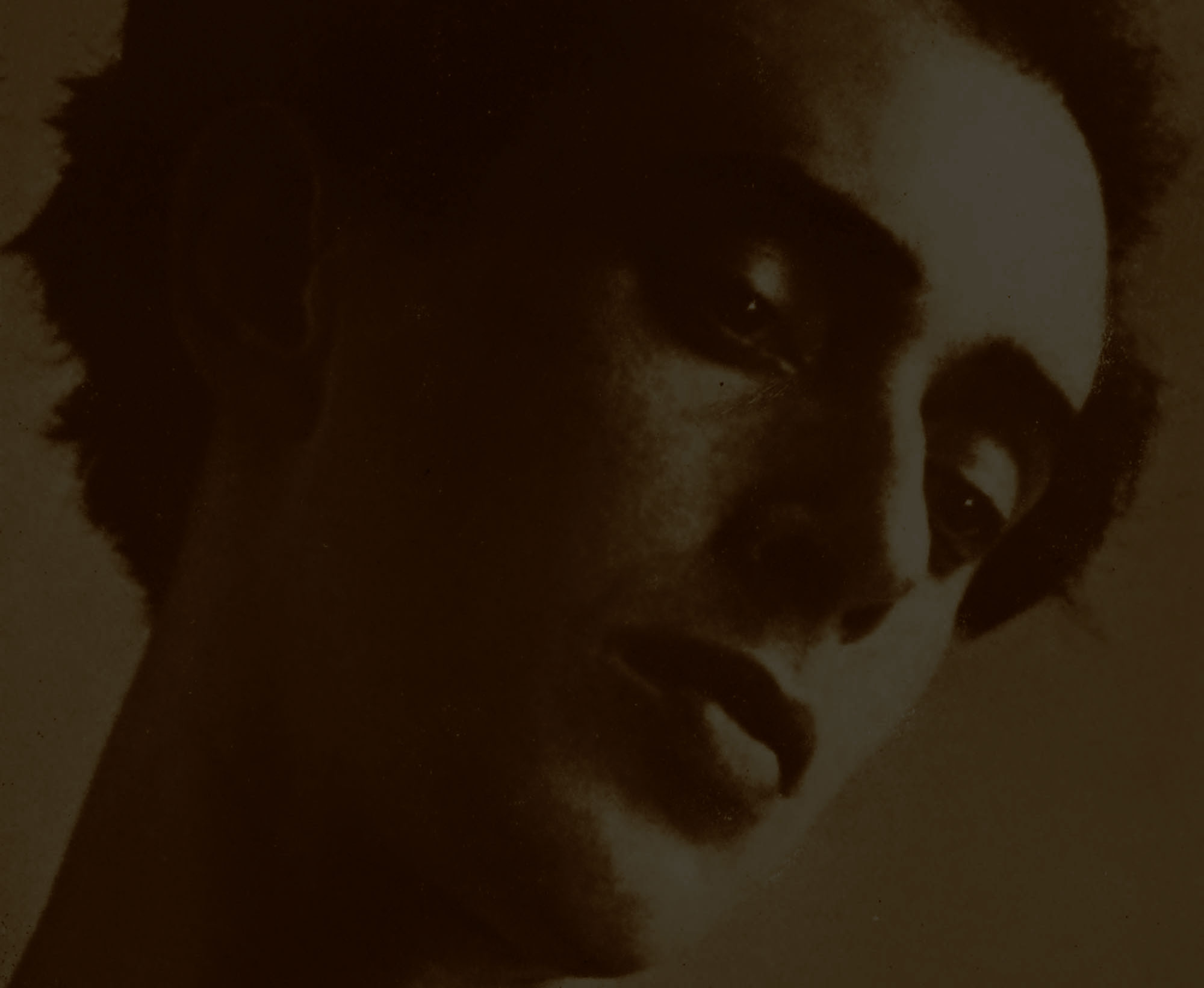Like his other Hungarian friends and colleagues, Brassai, Kertész, Feher, Hervé, Rédner & Révai, Ervin Marton made his mark through photography.
Often inspired by Atget, his photographs seem to infuse into the social fabric a form of poetic realism – his own contribution to the “Humanist Photography” movement of Post-War France.
Budapest 1912- Paris 1968
Photo
A TEXT DESCRIBING HIS PHOTOGRAPHY WORK WILL APPEAR HERE IN THE NEAR FUTURE.
Art
With a training in graphic arts, painting and sculpture, Marton has produced a rich and diverse artistic œuvre. The last time part of that body of work was seen was at the National Gallery in Budapest, Hungary during the 1971 retrospective. This site will slowly display more and more of these works.
Exhibits &
Publications
His work continues to be exhibited and published. Some of recent highlights include a two-story self-portrait on the royal palace in Budapest, Hungary and the cover for Sartre’s updated English translation of Being and Nothingness.
What They Wrote
Every photograph by Marton, ironic at times but always moving, is an authentic stance.
A compelling necessity to commune with beings and things.
(Chaque photographie de Marton, parfois ironique, toujours émouvante, est une véritable prise de position.
Une impérieuse nécessité de communion avec les êtres et les choses.)
— LES LETTRES fFRANÇAISES —
“Among the masters of photography”
— Georges Boudaille
“These images we call photographs but that are so much more…
Why take a picture in appearance as banal a subject as a mourning covering by the entrance of a low-income housing?
Well! Because what our two eyes perceive quite frequently, Marton’s third eye has seen it more profoundly and so it seems more singularly, since after contemplating this image we are tempted to know what this covering and the facade conceal in tragedy and humanity“
– Albert Marencin
“Cut out to be a virtuoso of reporting and the camera“
– Daniel Masclet (Groupe des XV)
Jean Cocteau
Poet- writer – filmmaker – artist
Marta Gili
Jeu de Paume Museum Former Director – Ancienne Directrice du Musée du Jeu de Paume, Paris
L’as du noir et blanc.”
Blaise Cendrars
Poet – Writer
Seems to be thinking with his lens… never parts from the most astonisning simplicity,,, the most characteristic details… the innermost precision of the whole complex.,.. and shows something very remarkable where you nad never noticed anything. — LOUIS CHERONNET
________________________________________
William S. Rubin, Director Emeritus of MoMA’s Department of Painting and Sculpture at the time of his (1996) Picasso and Portraiture exhibition, wrote in a private letter that Ervin Marton’s portrait of Picasso was the best one he had ever seen. He featured it in the entrance hall and as the frontispice of the published book/catalog.




